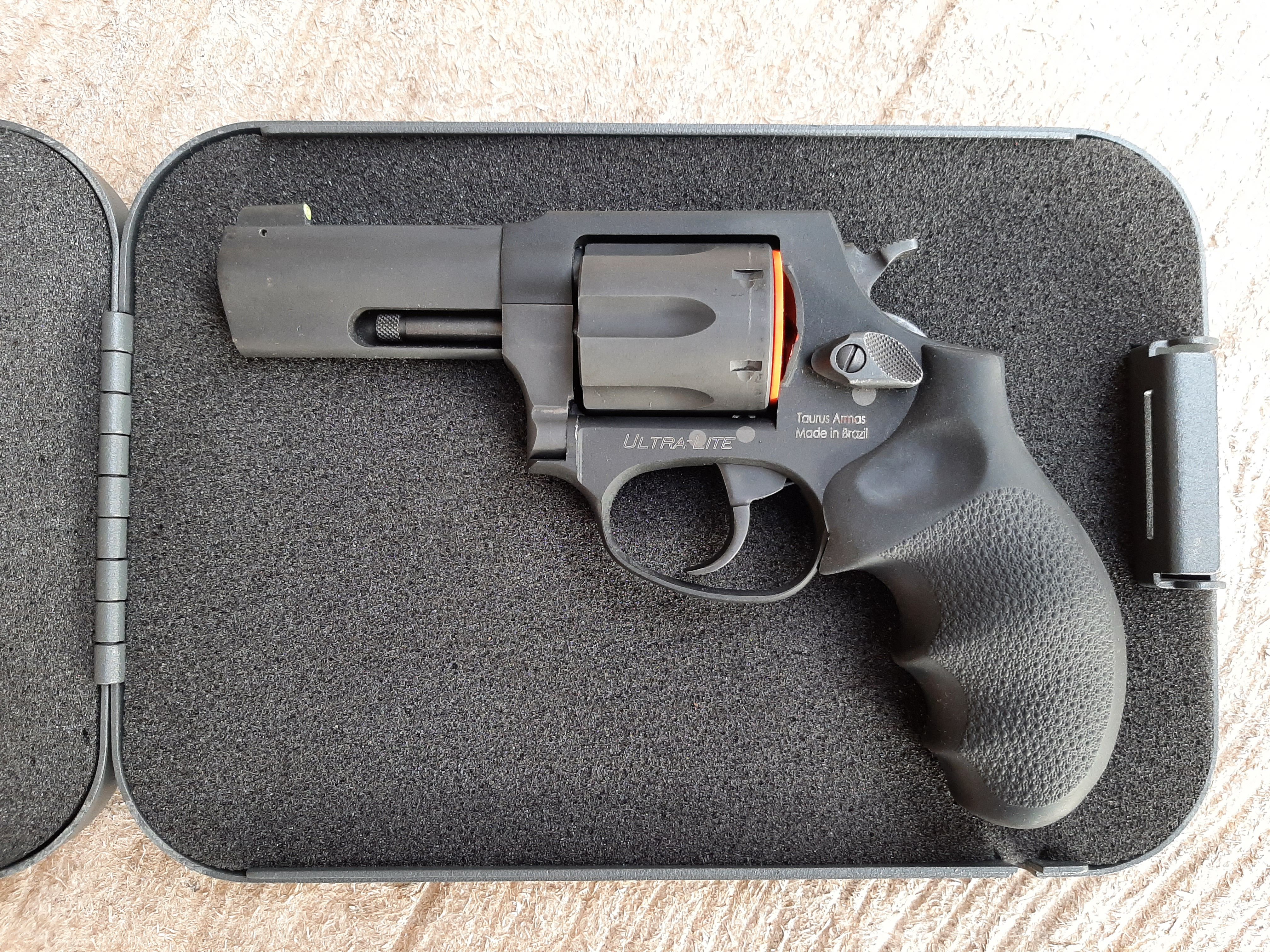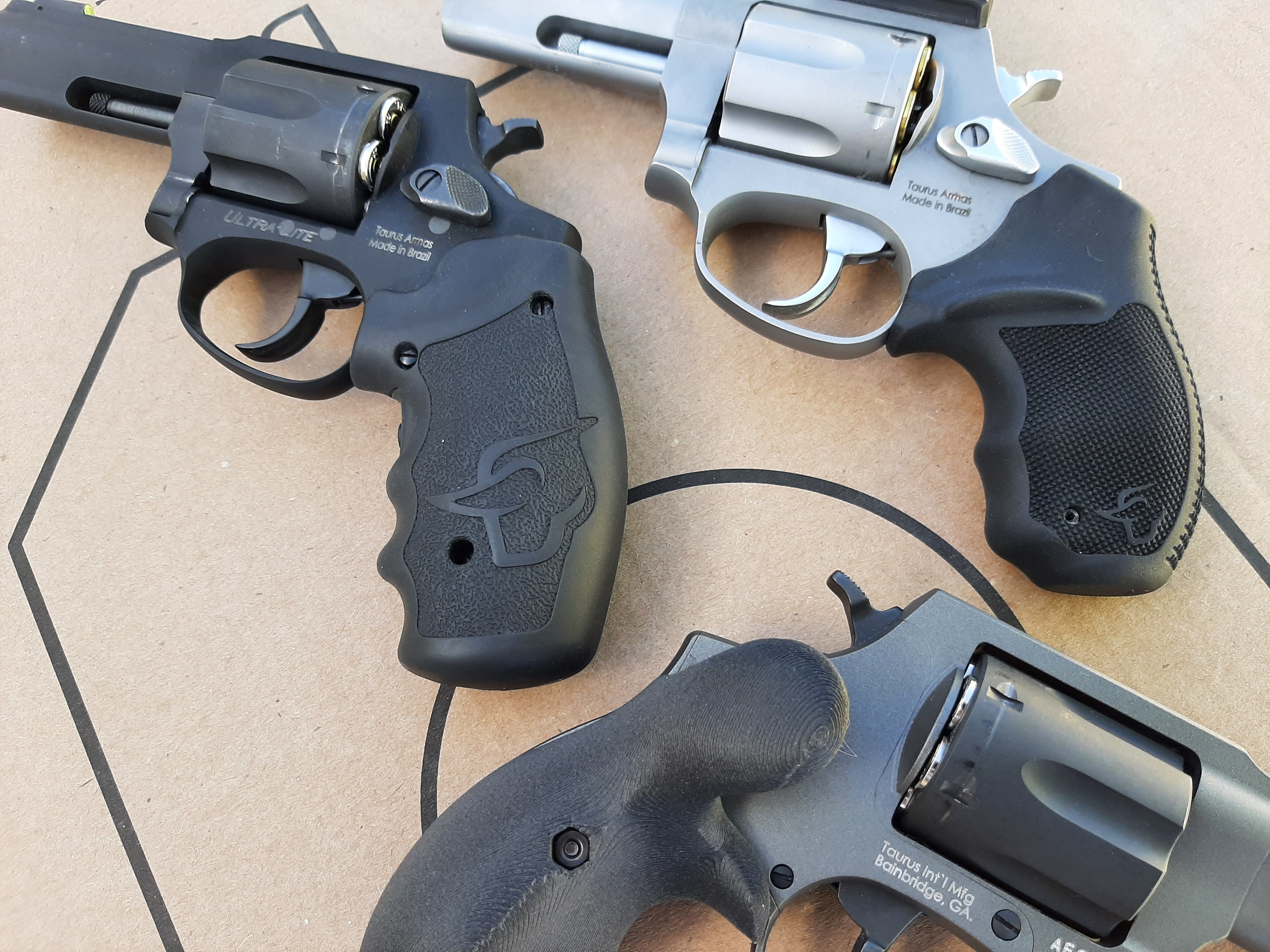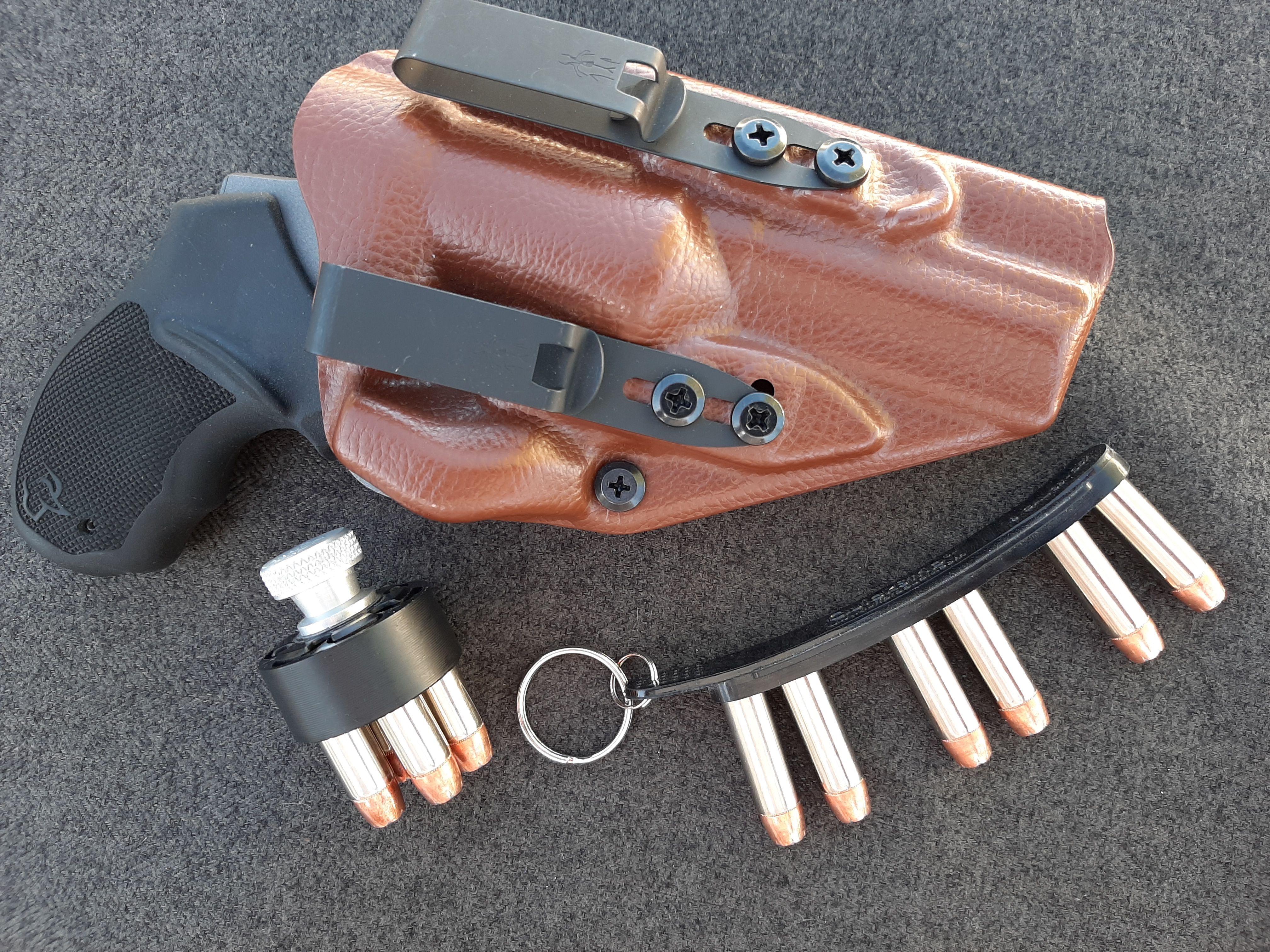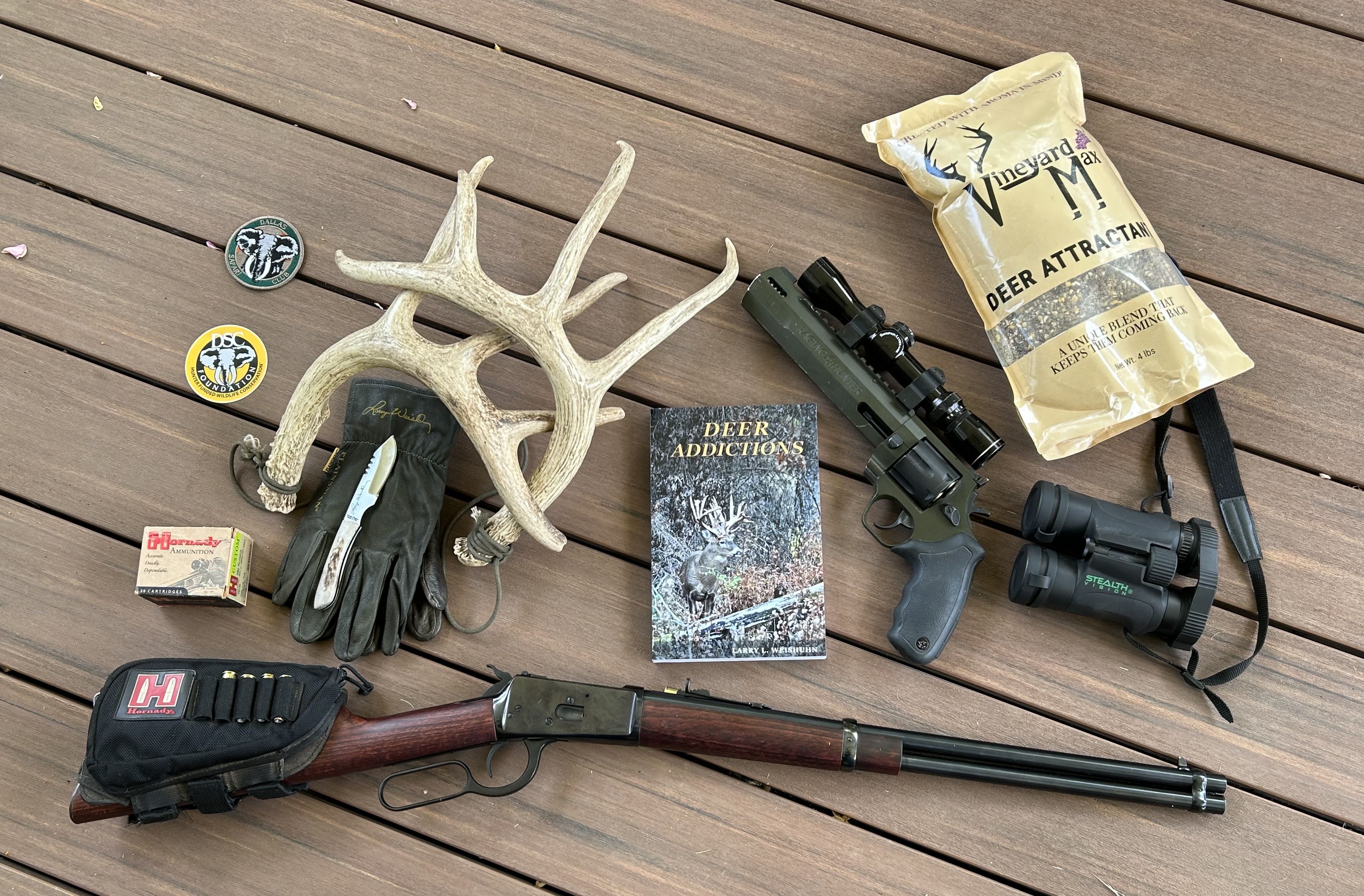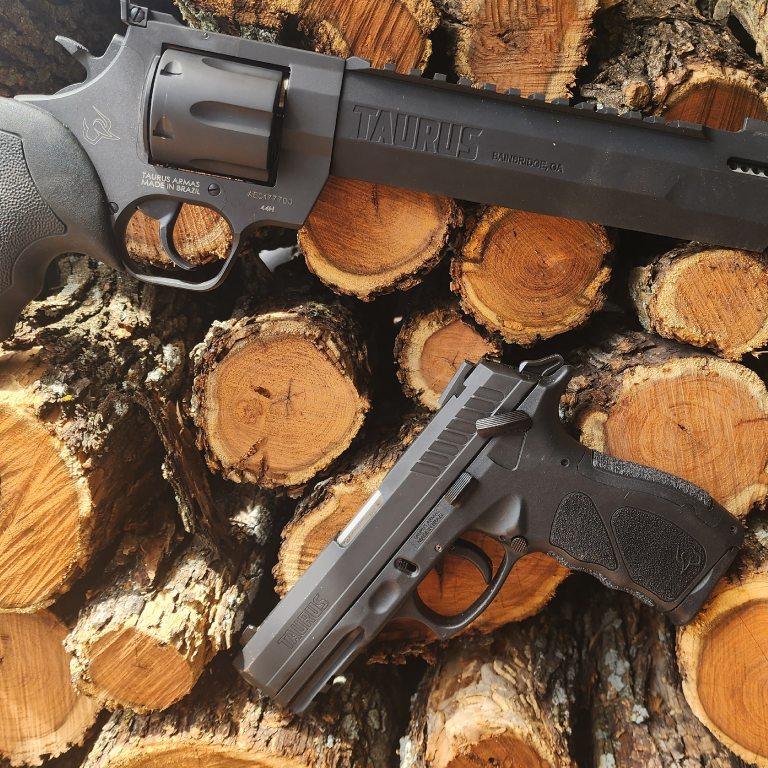By Kevin McPherson
Semi-automatic handguns with polymer frames and double-digit magazine capacities are certainly the “most carried” of contemporary handguns. That said, owning and training with a revolver or two is a wise practice. Small revolvers are hard to beat as backup guns, or for deep cover situations where minimal clothing is the rule. Many knowledgeable folks still choose revolvers as everyday carry guns, and with good reason.
Reliability
One of the biggest advantages of the revolver is “real world” reliability. Quality semi-automatics are more dependable today than ever before, they’ll run for literally thousands of rounds stoppage free on the range and during training. You don’t have to watch too many videos of deadly force encounters before you see participants plagued with malfunctions with semiautos. It doesn’t just happen with untrained shooters; Murphy deals out drama to trained police officers on an equal basis. Pour adrenaline cocktails into people and they’ll find new and innovative ways to foul reliable pistols. Frantic draws that result in poor firing grasps cause mushy platforms for the semi to recoil against. Abnormal contact or pressure on the slide can rob the mechanism of needed velocity to cycle. Muzzle contact drives the slide out of battery and makes the disconnector do its job, rendering the gun inoperable. Magazines are inadvertently released when desperately needed. The smaller the battlefield, the more likely these troubles will occur; like in a vehicle or a tight hallway. The phrase “six for sure” given to revolvers by veteran cops who resisted transitioning to semiautos in the late 80’s/early 90’s was poignant. If the cylinder could turn and the trigger was released enough to reset, the revolver would function. Revolvers aren’t affected by odd bullet shapes (like wadcutters) or lower powered loads. If it chambers, it’ll fire. There’s no need to shoot dozens of rounds to prove function like you should with a semi auto.
Trigger Pull
Another plus is the inherent safety a double action revolver provides with its long, heavy trigger pull. This is particularly relevant when the gun is carried close to the body, like with appendix carry. The heavier trigger acts like a mechanical safety and gives peace of mind when holstering. Striker fired guns with short, light triggers that rely on trigger mounted safeties give precious little margin for error. That long revolver trigger is also beneficial if a finger is on the trigger when it shouldn’t be, and the holder is suddenly frightened or loses balance. A trigger press started is much easier to stop with a double-action revolver than with most semiautos if circumstances change suddenly after a decision to fire has been made.
Easier to Conceal
The “organic” shape of a revolver lends itself to effective concealment on the human body; it’s less likely to print than the sharp angles of a semiauto grip. The revolver’s shape also helps with all day comfort. Stocks can be changed to best fit the mission—minimalist for ultimate concealment or larger, hand-filling stocks for extensive shooting. With most semiautos, you get what you get. The width of the cylinder provides a bit of a gap when holstered close to the body that allows a surer, faster grasp on a small revolver than with an ultra flat compact auto, too.
Durable
Revolvers are more resistant than self-feeders to the detritus acquired from being carried in an ankle holster, or a pocket or purse. It’s often said that revolvers will stand up to neglect better than semis, while semiautos take abuse better than revolvers. A small revolver can be relied upon to fire its entire payload from a jacket pocket, where a semiauto typically becomes a single shot when thusly deployed. Small alloy framed revolvers (like the 856 UL) are light enough for constant carry, even while lounging around the home. A speed strip or speedloader in a pocket makes it viable for running quick errands. If you need to arm a trusted companion, the manual of arms for a revolver is a quick learn for most people.
Perception
Small revolvers make great travel guns, too. Revolvers seem to be less intimidating for airline employees to visually inspect. There is no worry about violating some states’ magazine capacity restrictions with a six-shot revolver. If the gun is lost or stolen, an 856 is easier and less expensive to replace than a high dollar custom pistol with all the goodies attached. If you’re forced to use it, the humble revolver may appear less offensive to a jury than that blaster with a red dot, extended mag, and mounted light. It's the age of the semi auto, no doubt, but revolvers still make sense.
